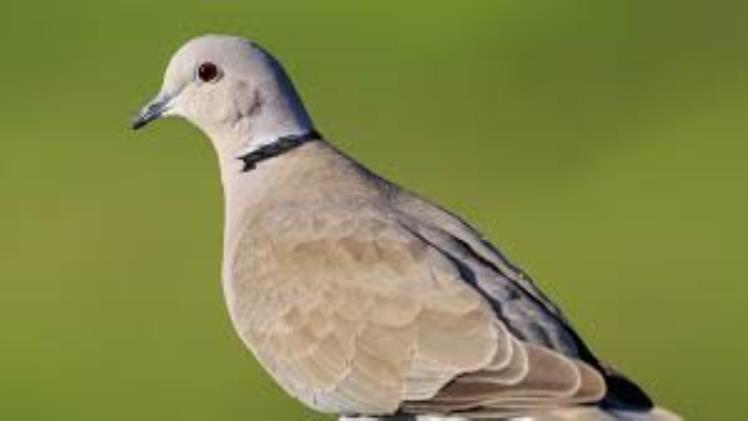How to Identify a Female Cardinal: A Subtle Beauty in Your Backyard
If you’ve ever spotted a graceful brown bird with tinges of red flitting around your feeder, you might have seen one of North America’s most charming yet often overlooked songbirds: the female Northern Cardinal. While the male cardinal grabs attention with his bold crimson plumage, the female cardinal brings a quieter elegance that birdwatchers quickly grow to admire. In this post, we’ll help you identify a female cardinal and appreciate her understated beauty.
Distinctive Features of the Female Cardinal
Unlike her male counterpart, the female cardinal isn’t covered in bright red feathers. Instead, she boasts a soft brown body with warm reddish highlights on her wings, tail, and crest. Her beak is thick, triangular, and bright orange-red — a feature both sexes share.
Look closely at her face, and you’ll notice a subtle black mask around the beak and eyes. Though less intense than the male’s, this facial marking is a key identifier. Additionally, female cardinals are about the same size as males, typically 8-9 inches in length. Their legs and feet are a dusky gray, and they tend to stand with a poised, alert posture.
Juvenile cardinals may sometimes resemble females in color, but they typically lack the orange beak, which only develops fully as they mature. This is a helpful clue when identifying birds at your feeder.
Where and When to Spot Her
Female cardinals are non-migratory, meaning they stay in their home range year-round. They are most commonly found in woodlands, suburban gardens, parks, and bird-friendly backyards across the eastern and central United States.
You’re likely to spot a female cardinal early in the morning or just before sunset. They often travel in pairs or small family groups and may be seen foraging on the ground for seeds, berries, or insects. During the winter months, they are more visible as they venture out in search of food, especially when snow contrasts their muted colors.
Cardinals often visit feeders that offer sunflower seeds, cracked corn, and suet. If you maintain a clean, well-stocked feeding station with nearby shelter, you may be rewarded with regular sightings of both male and female cardinals. It’s also helpful to place feeders near shrubs or evergreens, where the birds can quickly take cover if they sense danger.
To attract female cardinals to your yard, offer black oil sunflower seeds, safflower seeds, and fresh water in a birdbath. Planting native shrubs like dogwood, elderberry, or serviceberry will also help create a safe, natural habitat. Providing nesting materials such as small twigs and dry grass can further encourage them to stay and raise their young.
Behavior and Songs
Cardinals are one of the few bird species in which both males and females sing. The female’s song is slightly softer and more complex, often including whistling notes and slurs. She may sing while sitting on the nest, possibly communicating with her mate or signaling that she needs food.
Female cardinals are also known to be fiercely territorial during the breeding season. They may fly at their own reflection in windows or mirrors, mistaking it for a rival. These displays, though sometimes puzzling to homeowners, are a sign of her strong nesting instinct and role in defending her territory.
They build nests in dense shrubs or low trees, often using twigs, grass, and pine needles. The female constructs the nest, incubates the eggs, and cares for the chicks while the male provides food. Typically, a pair of cardinals will raise two to three broods per season, and both parents are actively involved in feeding the fledglings.
During the fall and winter, you might see female cardinals joining small mixed flocks with other birds, such as chickadees, titmice, and finches. Though less vocal outside of breeding season, they remain active and resilient through the colder months.
Why Appreciate the Female Cardinal?
Though she may not shine as brightly as the male, the female cardinal plays an equally important role in the ecosystem. Her plumage provides camouflage while nesting, and her behavior offers rich insights into cardinal life. Her gentle coloring helps protect her from predators while she tends to her nest.
Female cardinals are also deeply symbolic in many cultures. Some people believe they represent hope, renewal, or visits from loved ones who have passed away. Their presence in your yard can be a meaningful connection to nature and even personal memories.
In addition to their aesthetic value, female cardinals help control insect populations and disperse seeds through their foraging behavior. By attracting these birds to your garden, you’re supporting biodiversity and contributing to a healthier backyard ecosystem.
Next time you see a flash of brown and red among your shrubs or feeders, pause and take a closer look. You might just be witnessing the quiet charm of a female cardinal in her element.
To learn more about how to identify and attract female cardinals to your yard, visit WildBirdLady.com.






![Verreaux’s Eagle [Aquila verreauxii] Overview, Habitat, Sounds](https://birdzpedia.com/wp-content/uploads/2023/12/Black-Oystercatcher-768x402.png)
